During the seventies, manufacturers changed the vacuum-tube Tech into all-transistor based TVs. The first wireless remote-controls were introduced in 1972 (although wired-remote-controls were available in the sixties!) Here's a TV from 1976, made by MagnaVox:
During the eighties, TVs began to take the shape of modern CRTs. Satellite broadcasting began in 1984. Here's a 1981 Magnavox TV, 19 :
The latest CRT TVs had great picture quality, used a 'flat' glass, had fast refresh rate, and the largest sized ones were around 34. During the nineties we saw some rear-projection TVs that were large (50-60) but with poor picture quality. Here's how a modern CRT looks like:
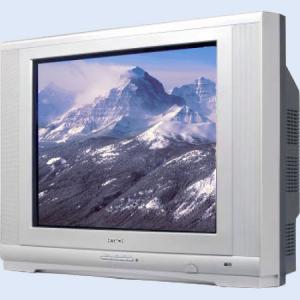
In 1997, Panasonic announced the first 'real' Plasma display, or PDP (plasma has been in research and some production since the sixties) a 42 model, 852x480 resolution, progressive scan. Thus begins the thin-TV era. LCDs were also researched in the sixties, and the first commercial model was actually made in 1971, although only in the last few years do we really use those new TVs at first smaller than Plasma, now they are made in roughly the same sizes (the largest LCD today is more than 100 across!), and most people do not know the difference between the two techs.
Compared to CRT, the picture quality (especially the 'refresh-rate') of LCD/PDP TVs are considered worse, and they are also more expensive but they have taken the world by storm, and some companies (such as Sony) have stopped making CRTs all together.
Here's an example Plasma TV:
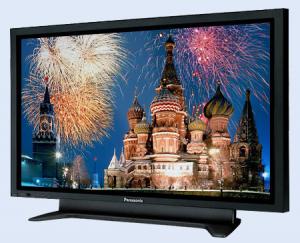
The future of TV
The most promising new display technology is OLED (Organic.Light.Emitting.Diodes). OLEDs are made from a material that emits light when an electric charge is driven through it. Unlike LCD, it does not require a backlight and thus it is more simple to make, it is thin (really thin there are prototypes less than 50 micrometer thin!), efficient (low power), and the picture is brilliant, with great contrast and a very fast refresh rate. The first OLED TV available is the small (11) Sony XEL-1. It's only 3mm thin (and Sony are working on thinner versions), and has a contrast of 1,000,000:1 (compared to 10,000:1 or so you'll find in plasma TVs) :
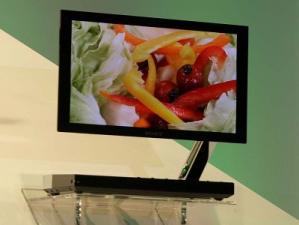
The most exciting thing about OLEDs is that they can be made flexible, and even transparent. Can you image a transparent TV? When it's turned off, you can't see it at all . Or a rollable TV display? Think about taking your 42 TV with you, outdoors. I'm sure that when this Tech is available, the new applications will be exciting, we can't even imagine what the TV sets will look like.
Here are a few photos of OLED display prototypes and ideas:


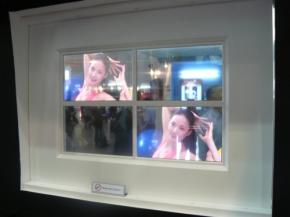
Another future tech is 3D displays. The idea is to finally be free from the 2D projections of Television, and make 3D projections in space. This tech is referred to as 'volumetric displays'. Scientists are working on all sorts of ways to make this happen from pulsed lasers, to parallax barrier displays to Swept-surface... Here's some 'lighted-plasma-balls' floating in space, using 'pulsed laser':
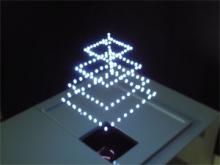


Really cool article. Great photos. Loved the 57 Italian. cheerios.